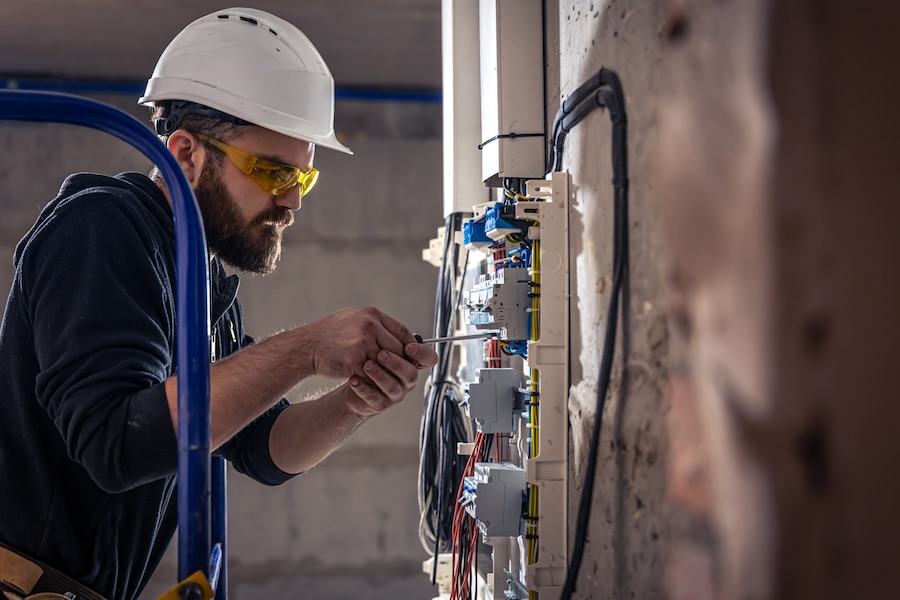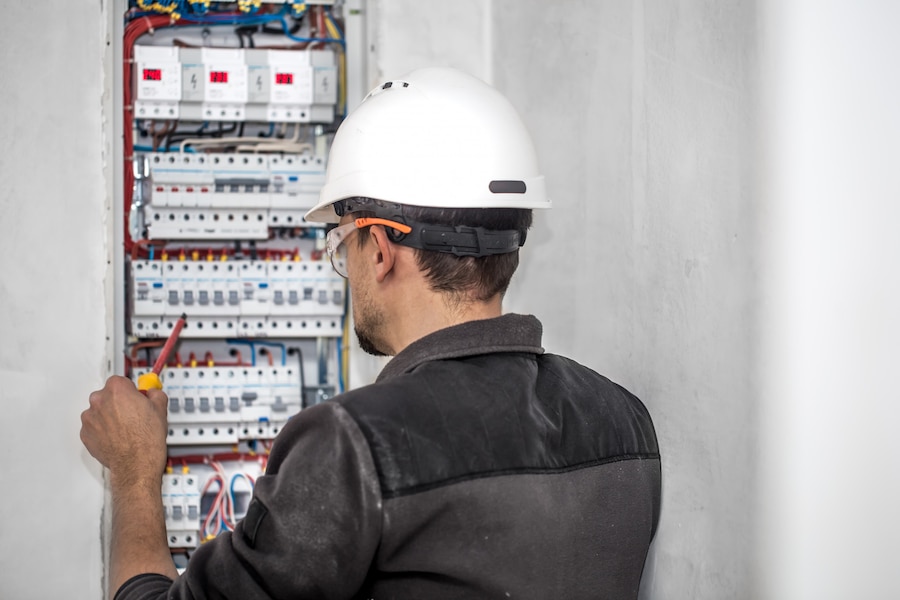The need for repairs and maintenance is inevitable in every home at some point in its life. Homeowners must choose between employing a professional contractor to complete repairs or performing the repairs themselves. Some people find it simple to decide because they believe they have the necessary knowledge to complete the repair themselves. Simple repairs, such as replacing a broken tile or repainting a wall, do not always necessitate the use of a professional.
Electrical repair and maintenance, on the other hand, are more dangerous and complicated repairs that must be performed by a licensed electrician for the sake of public safety. Before you start poking around in your walls and watching countless “Do It Yourself” videos, think about how important it is to hire an electrician in the first place.
There have been numerous reports of people being injured in accidents involving do it yourself electrical repair and maintenance. Accidents can occur for a variety of reasons; however, there is rarely a single person to blame; as the adage goes, accidents happen for no apparent reason. Unfortunately, they occur far too frequently and have far too many potentially dangerous consequences for us to become complacent in the face of them.
The ignition of flammable materials by an electric current is the cause of electrical fires. Putting out electrical fires with water increases the risk of electric shock. Electrical fires are extremely dangerous because doing so increases the risk of electric shock.
When an extremity, such as a finger, hand, or arm, is placed across an electric current, this is known as arcing. Because it is composed primarily of water, the human body is an excellent conductor of electricity. Electric shock can be mild, moderate, or severe depending on the circumstances. A mild electric shock causes a slight tingling sensation in the hands and feet. An electric shock of moderate-intensity causes the muscles to contract, and it may be difficult to disengage from the electrical current. A severe electric shock can result in respiratory or cardiovascular failure.
This type of electrical injury occurs when a large amount of electricity is introduced into the human body involuntary and sudden manner, causing an outage. The electric power that is introduced into the body is so powerful that it causes the heart to stop and the person to die immediately. In the case of low-level electrocution, there are no visible signs of injury to the skin.
Electrocution can cause external visual indicators such as burning of the hair and skin, which can be seen in high-level electrocution situations. Accidents like these can only be avoided if people learn to think about the ramifications of their actions before putting themselves in the path of nature’s most dangerous elements.
Electric burns are becoming more common because more electrical equipment has been put in homes and businesses. This means that more people are getting them. People who work in jobs like cable service, construction, and electrical repair and maintenance are more likely to get electric burns because of the nature of their work, like working with electricity.

Electrical burns can be first-degree or third-degree, and they can happen inside or outside of the body. Electrocution-induced tissue burning happens when electricity causes the body’s tissues to get hot and start to burn. Even though the burn looks small, the extent of internal damage could be very bad. Six main types of electrical burns are arc burns, low voltage burns, high voltage burns, oral injuries, flash burns, flame burns, and flash burns after everything is said and done. Electricity can cause an arc burn, which is the most common type of burn.
The intensity of a burn is as essential as the cause, whether thermal, chemical, or electrical. The level of injury relies on the tissue surface area and depth. First, second, and third-degree burns are the most serious.
First-degree burns harm the epidermis and heal in a few days. These are the most common and least painful burns. Commonly caused by sunburns.
A second-degree burn destroys the first layer of skin while affecting the second layer. A second-degree burn is minimal if it affects less than 15% of the body.
Third-degree burns affect the epidermis, blood vessels, and muscles, leaving the skin scorched and white. The nerve endings may be numbed in severe situations.

Installing a safety switch is one of the most effective strategies to limit the risk of accidents during electrical repair and maintenance in your home. However, you should never attempt to perform electrical work on your own. If you believe your property contains risks, contact an electrical services company to assist you in resolving them.
AMPM provides a variety of services. Visit our website to determine the type of electrical services and solutions that you require. You may be assured of the utmost safety when you work with us!